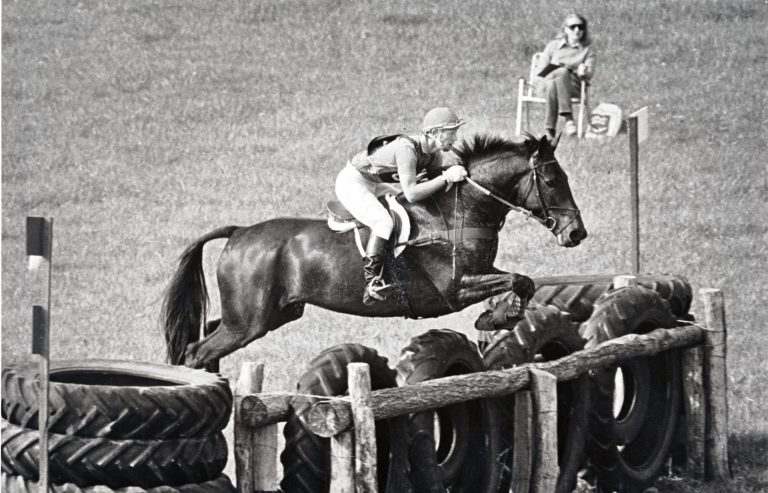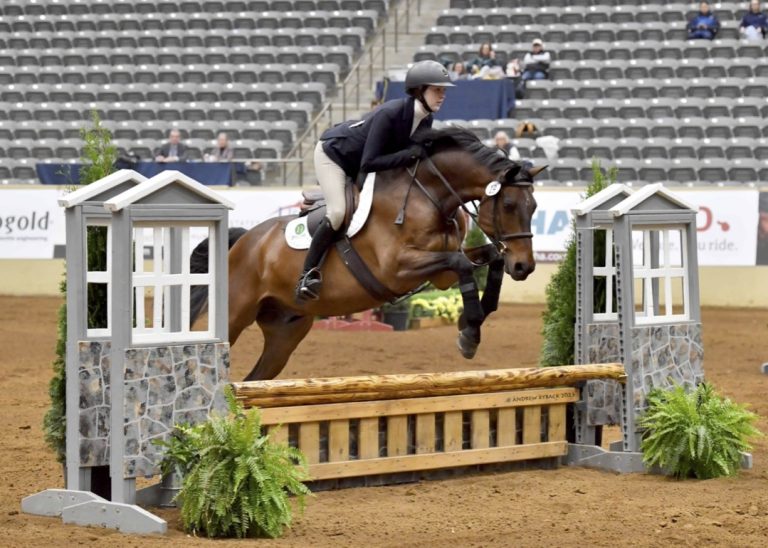My short-necked chestnut mount darted left around a tuft of shrubby grass, then right, totally out of control and gaining momentum. He stumbled in the soft earth, fell to his knees and grazed his nose on the ground. Without missing a beat, he picked himself up and was off and running at breakneck speed again. It was at that moment that I realized my girth was loose. Gritting my teeth and silently cursing, I grabbed mane and clung for dear life onto my fifth horse of the day. Eventually, the ground flattened out and, by maintaining equal weight in my stirrups, I was able to keep the saddle centered. His frenetic gallop soon became an easy canter. In the fading light, I glanced at my watch and squinted at the horizon. We needed to find a place to stay for the night, and we needed to find it now.
It was the third day of the Mongol Derby, and already I had broken my GPS device, been dragged on the ground by a barely 13-hand stallion, outrun vicious dogs and found myself falling in line with an unexpected group of riding companions.
The annual Mongol Derby is known as the longest and toughest horse race on the planet for good reason. Some 40-odd competitors ride semi-wild horses over 600 miles across mountains, floodplains and open steppe, using their own navigation. Loosely based on Genghis Khan’s horse messenger network, which connected the largest contiguous land empire in history, riders swap their tired horses for fresh ones roughly every 25 miles at horse stations, or urtuus.
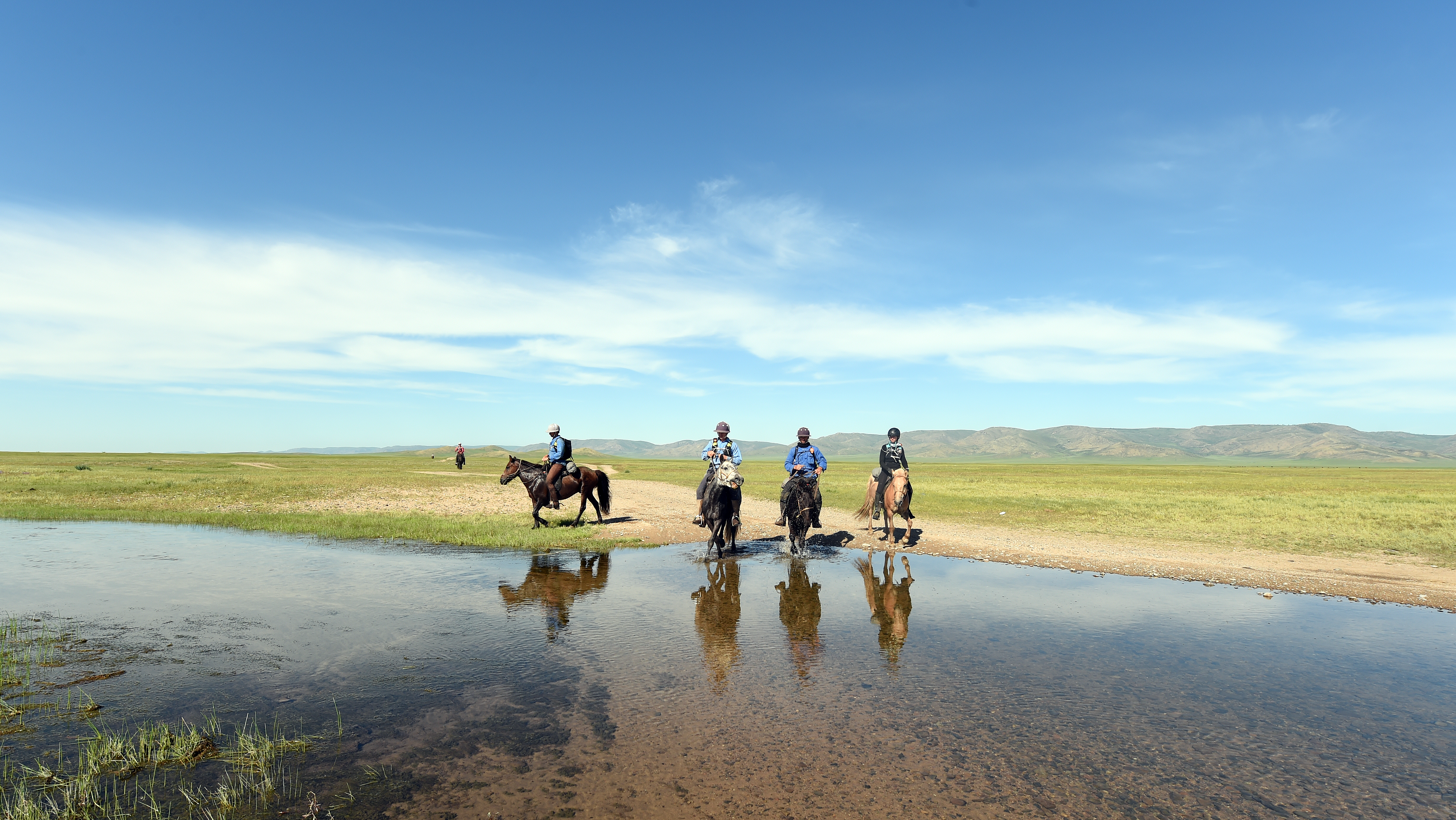
After my application to compete in the race was accepted, I delved into the particulars. I would carry a vet card detailing when I arrived at and left each urtuu, as well as each of my 29 horses’ heart rates and overall condition. Equine welfare is paramount in the derby. Every horse must reach a heart rate of 56 beats per minute or lower within a half-hour of arriving at the urtuu. Horses are also checked for lameness, saddle sores and hydration levels. If one of my mounts failed to meet these requirements, I would serve a two-hour penalty for the first offense, three hours for the second offense, four hours for the third and disqualification for the fourth. I could also rack up time penalties by getting help from the race crew or going beyond the prescribed riding period between 6:30 a.m. and 8 p.m. I would be limited to carrying 11 pounds of gear. With the exception of those few rules, I would have the freedom to do as I chose: bunk down at the urtuus or sleep out under the stars; follow the suggested race route or try my hand at that “shortcut” through the mountain pass; carry all my gear on my back or shove it into a saddlebag.
I prepared for the derby over the better part of a year. Growing up riding at a small breeding and training barn, I learned at a young age to saddle-break babies and retrain problem horses. But in recent years, the extent of my riding had been a daily hour-long ride on my eventer. I knew I needed more saddle time, so I took up endurance with some Maryland locals. My regime also included running up mountains and a religious attendance of spin and barre classes. When I wasn’t training or picking the brains of past derby competitors, I obsessed over gear reviews and extra medical coverage. Even so, upon arriving in Mongolia and looking around start camp, I realized that, like me, none of the 40 of 44 competitors taking a stab at the derby for the first time knew what lay ahead, and nothing we had done could adequately prepare us.
We spent three days at start camp, sitting through medical briefings and memorizing protocols. More importantly, we were introduced to the Mongolian horse. Though small, Mongol horses are scrappy, shrewd and not to be discounted. They’ve remained largely unchanged since Genghis Khan’s time, living in huge, semi-feral herds and surviving an unforgiving landscape and climate, where winter temperatures can plummet to -40F. Though tough, they are flighty. Because they have little human interaction and must fend for themselves, their responses to stimuli are more intense than those of a domesticated horse. Things that we take for granted in the U.S., like a simple pat on the neck, can send Mongol horses into a complete frenzy. Mounting and dismounting may be the hardest part about riding them—you never quite know what’s going to happen as you put one foot in the stirrup and swing your leg over. They tend to be on their own agenda, and so once you are on, you’re better off just going along for the ride and trying not to control them too much—or at least that was my approach.
And We’re Off!
As I waited at the start line, everywhere around me horses were spinning and shooting forward. I struggled to keep my stout gelding quiet between the white start flags flapping in the wind while Mongol Derby Chief Katy Willings recited some “inspirational” quotes about the adventure we were about to embark upon. “Everybody has a plan until they get punched in the mouth,” Katy stated pointedly in her usual wry tone, citing Mike Tyson.
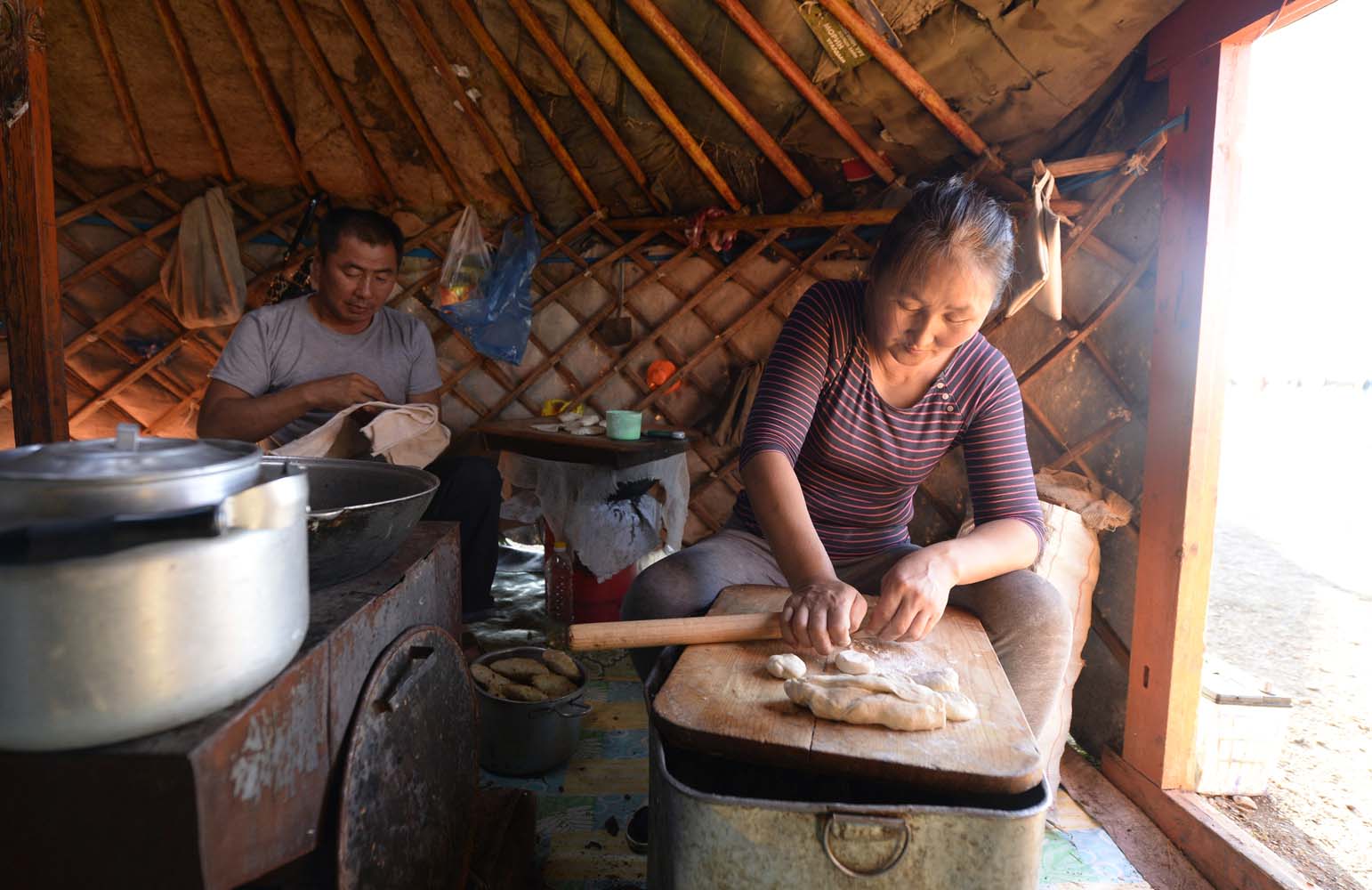
I thought about how we’d already been “punched” once—before the race even started. The day before, on the official start date, all 44 riders had finally mounted and were heading to the start line when the race was suddenly postponed. Later, we learned that the last-minute call-off was for good reason: The satellites that communicate with the SPOT trackers the derby crew uses to keep tabs on riders had suddenly, and for the first time ever, cut out.
Once the starting gun was fired, my horse soon began making headway from the back of the pack, weaving in and out of the others and galloping along with a mannerly professionalism that I did not yet fully appreciate. During start camp, derby veteran Maddie Smith, of San Francisco, California, and I had made a plan to ride together, and we quickly settled into a routine of breezing through urtuus, filling up our water packs and shoving hard bread rolls into our pockets. For the most part, our first day went smoothly and, as it quickly came to a close, we settled on staying with a family about 2 miles short of urtuu 4 with fellow derby competitors Michael Turner, a native Californian who now leads African safaris in Botswana, Irishman J.D. Moore and the youngest rider, 18-year-old Saif Noon, of Pakistan. Feeling the pain of having ridden 85 miles that day, we hobbled into the ger, a portable, round-shaped dwelling, and still soaked from the afternoon’s thunderstorm, did some pathetic stretches in the tight quarters. Already, my 10-year vegetarian diet was out the window as our hosts handed us bowls of soup, which I eagerly slurped down, chunks of goat meat and all.
The next morning, on our way to urtuu 5, Maddie pulled out her GPS, and her seemingly docile horse swerved to the side and bucked, throwing her and bolting for the hills. Initially, Maddie thought she was fine—nothing but a little bump and a brush with derby disaster. But as the adrenaline wore off, she realized she wasn’t and pressed the help button on her SPOT tracker to get checked out by the medical crew. After reluctant goodbyes, Mike and I carried on and continued riding together through the second day. Days later, we learned that Maddie suffered a dislocated shoulder and fractured ribs, ending her goal to complete the derby for the second time.
Dogs, Dawdlers and Mongolian Hospitality
The wind blurred my vision as I unknowingly careened toward a bog. I glanced over my shoulder at the sharp teeth snapping closer and closer to my right foot, as Mike shouted to me just in time, “Turn right!” Yanking on the rein toward the frothy-mouthed canine towing 4 feet of heavy-duty chain behind him, I managed to skirt the bog in a flat-out gallop, gaining enough speed to outrun the dog that made Cujo look like your granny’s bichon frise.
Mike and I were making good ground through the second day, and it didn’t take long for me to realize that having a riding companion definitely has its advantages. You can look out for each other—for instance, let your friend know her horse is about to go into a bog, help catch your partner’s horse after he is bucked off or just serve as someone to laugh with about the totally unbelievable predicament you just survived.
On the morning of Day 3, Mike and I had our first encounter with the most frustrating category of Mongol horses—dawdlers. (Statistically speaking, I knew we were bound to get a mix of first-rate mounts, certifiably insane ones and, worst of all, dawdlers.) Mike and I could barely get our horses to move much faster than a slow jog. This might be desirable for a leisurely hack around the stable yard, but in the Mongol Derby it is nothing short of pure agony. Twenty-five miles of coaxing, kicking and “choo-choo-ing” (the Mongolian equivalent of a cluck) takes a toll on riders quickly. Luckily, another group of riders caught up to us: the Australian polo-playing Archibald brothers—Rob, Ed and Jack—and their cousin Henry Bell. This thundering herd of horses gave our two plodders the incentive to get going.
The six of us continued without a hitch through the rest of the day, and with about 45 minutes left on the day’s clock, we cruised in and out of urtuu 11, passing several riders serving vet penalties. After a frenzied, 10-mile gallop on my new “flyer” (the one with the aforementioned loose girth), we came across three gers by a river. Our good luck continued as we learned that the gers’ residents owned three of our six horses. The family took over their care and set us up in a ger, where we spent a serendipitous evening eating, laughing, miming and drinking Mongolian vodka with them.
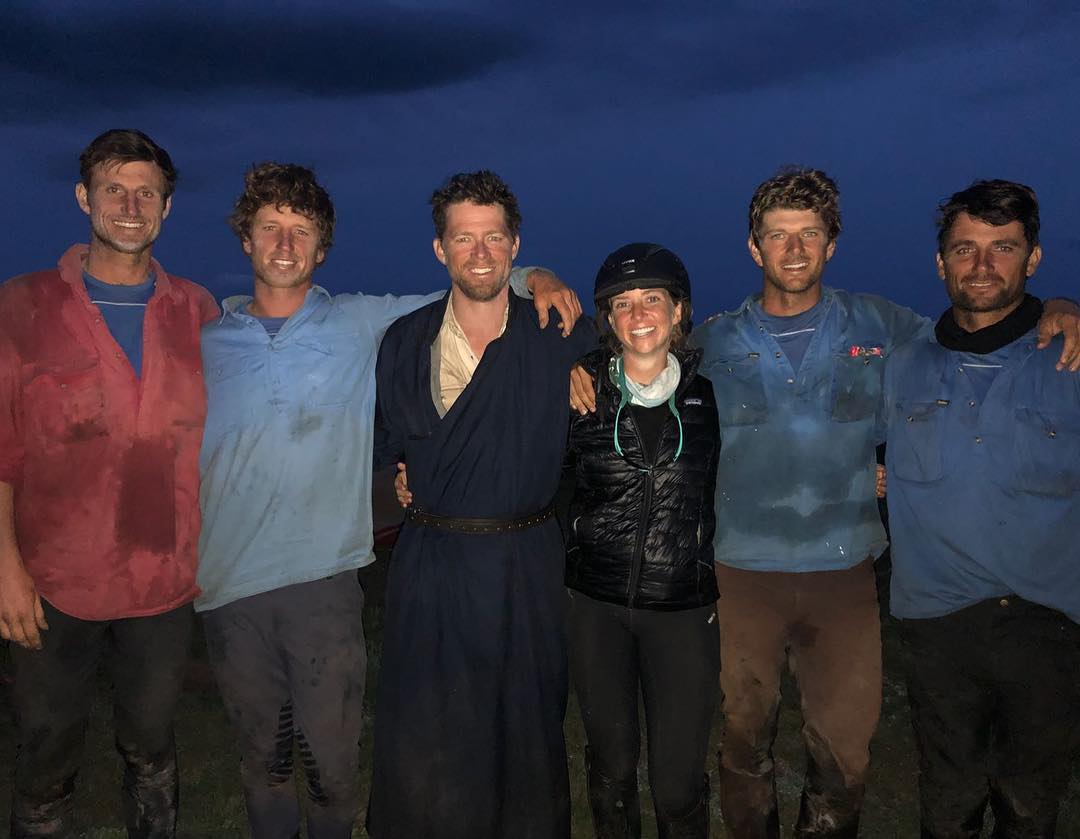
Days 1 and 2 had been a learning curve on how to move through urtuus quickly, which horses to select and how much you could push them. By the end of Day 3, the Archibald clan, Mike and I got into a rhythm. We stayed in canter as much as possible, reading the horses and giving them walk breaks as needed, depending on their fitness and the terrain. We spent as much time in the saddle as riding hours allowed. This meant if we got into a station with at least 45 minutes left on the clock, we would ride out again in the hopes of finding a host family along the way. Not only was this a successful racing strategy, but staying with the families we chanced upon resulted in some of my favorite derby memories.
One of the things that struck me the most about this country was how, time and time again, the Mongolian people came to our rescue with a true willingness to help total strangers. In what other place in the world could you walk up to someone’s house, not speak the language, look totally different and know that, without a doubt, they would gladly take you in, feed you, feed your horses and let you sleep under the same roof? It’s truly magical. And I’m not just talking about the four families who hosted us overnight during the derby; we received help all along the way—that we didn’t even ask for. Like on Day 5, when Mike had, as he called it, “a bit of a slide and a dismount” when his horse stepped in a marmot hole and stumbled, breaking the girth in the process. We all dismounted and were standing on the side of the road while Mike tried to repair his girth with zip ties, when a father with his three young sons (driving past with two horses in the bed of a pickup truck) stopped to help us. He wanted nothing in return other than a handshake and a pat on the back.
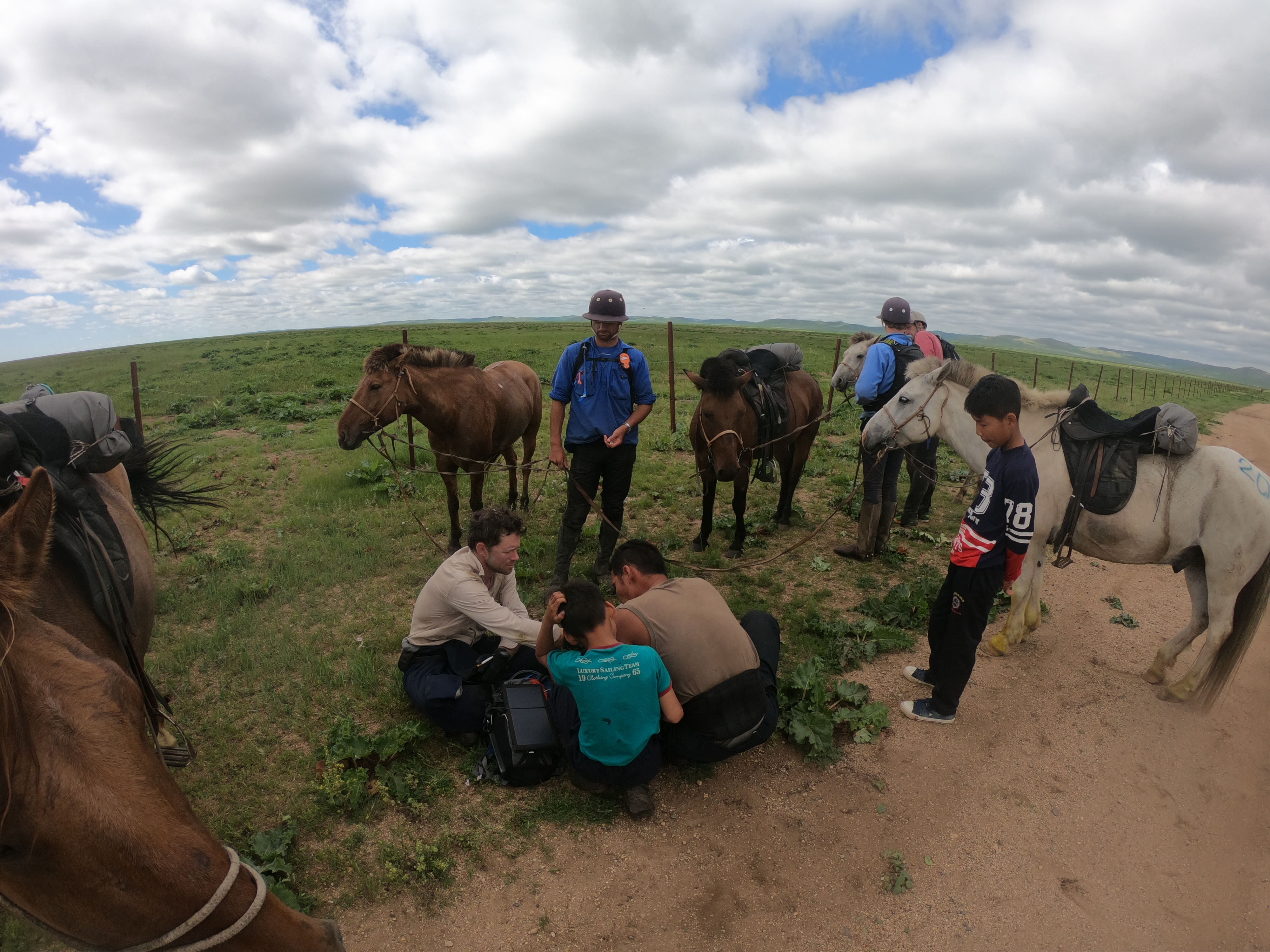
Henry Bell
A Race to the Finish
On the night of Day 7, lying only partway on my sleeping pad, I woke up to the sound of a downpour with a pit in my stomach from a dream: I was mounted on a silvery-gray gelding, and we were somersaulting down a big, grassy hill. Rolling over on the sleeping pad in a ger at urtuu 28, I drifted back into fitful dreams of crashing with just the final leg—a mere 18 miles—to go.
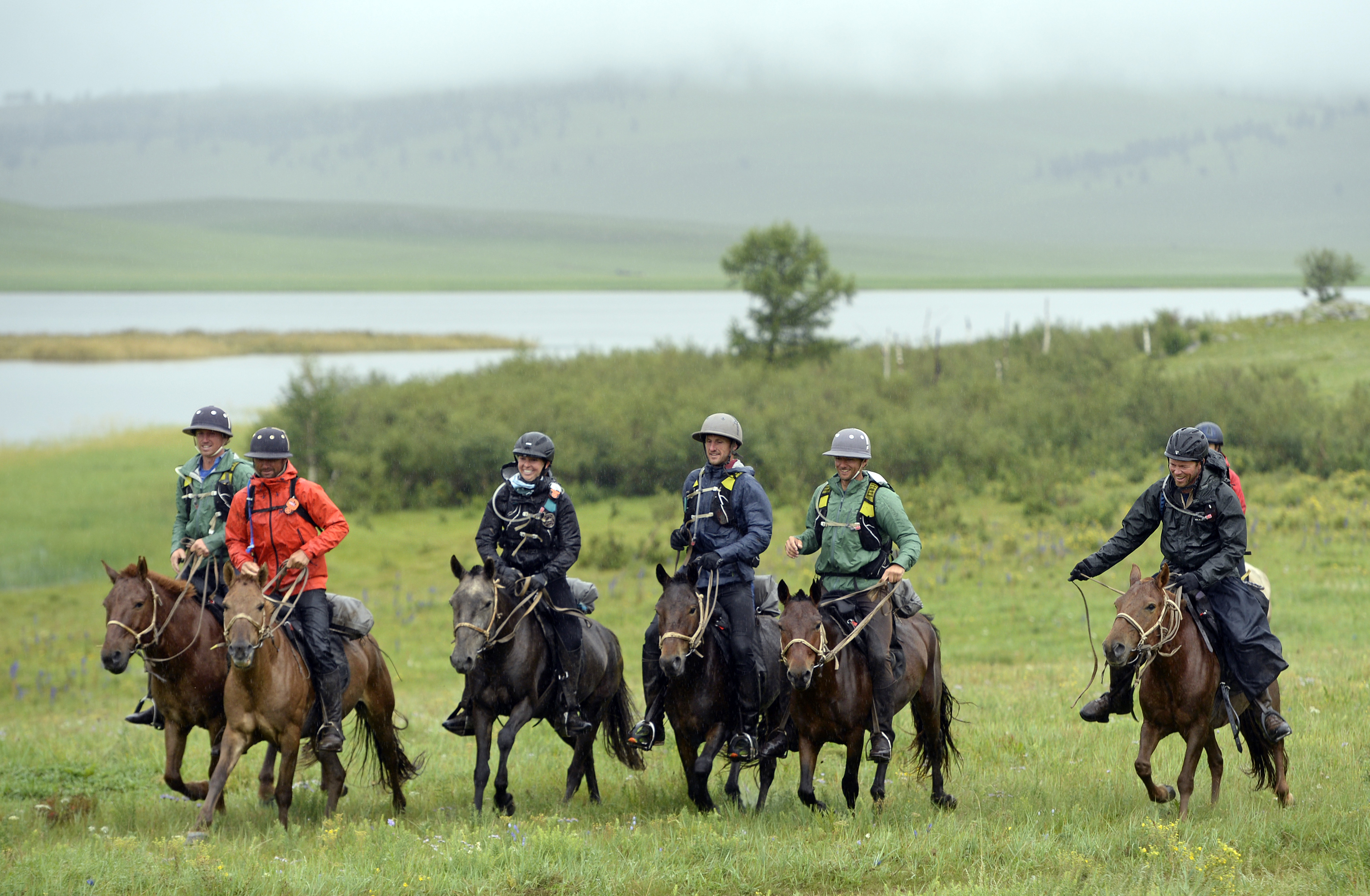
The next morning, my gloves couldn’t grasp the slippery suede reins as my horse galloped down a steep and slick slope in the rain, throwing clumps of mud behind us, his neck outstretched, his nose nearly touching the ground. I shut my eyes tightly for a moment, thinking back to my dream just hours before. Then I took a deep breath, pushed my legs way out in front of me and leaned back. I was on a naadam, or racehorse—one of my best horses of the whole derby—and we were in a dead heat against another rider to the finish line. We hadn’t seen any other riders for three or four days when Valeria Ariza, of Uruguay, caught up to our group coming into urtuu 28, the last station before the finish line, at the end of Day 7. We’d had an amiable evening, swapping stories and sharing a ger. But now, Valeria and the six of us were in a heart-pumping dash to the finish.
From the outset of our final leg, it was clear it would be a racing finish between our team and Valeria. This leg’s horses were so fast and fit that we covered the 18 miles in about an hour and 15 minutes. For me, it was an hour-and-15-minute white-knuckled ride up and down hills with plenty of opportunity for somersaulting. Right up until the end there were four of us close to overtaking Valeria, but two of the horses in our group weren’t quite as fit and fell behind. We pulled up and waited so we could cross together. Well—actually—I couldn’t pull up, but Jack turned his horse sharply to the left in front of me, causing my horse to slam into his like we were in a demolition derby. This, for all intents and purposes, got the job done. Rob, Ed, Jack, Henry, Mike and I finished in equal ninth place—at 8 a.m. on the morning of Day 8, 170 hours and 28 urtuus after beginning this adventure—and later received the Best Team Award.
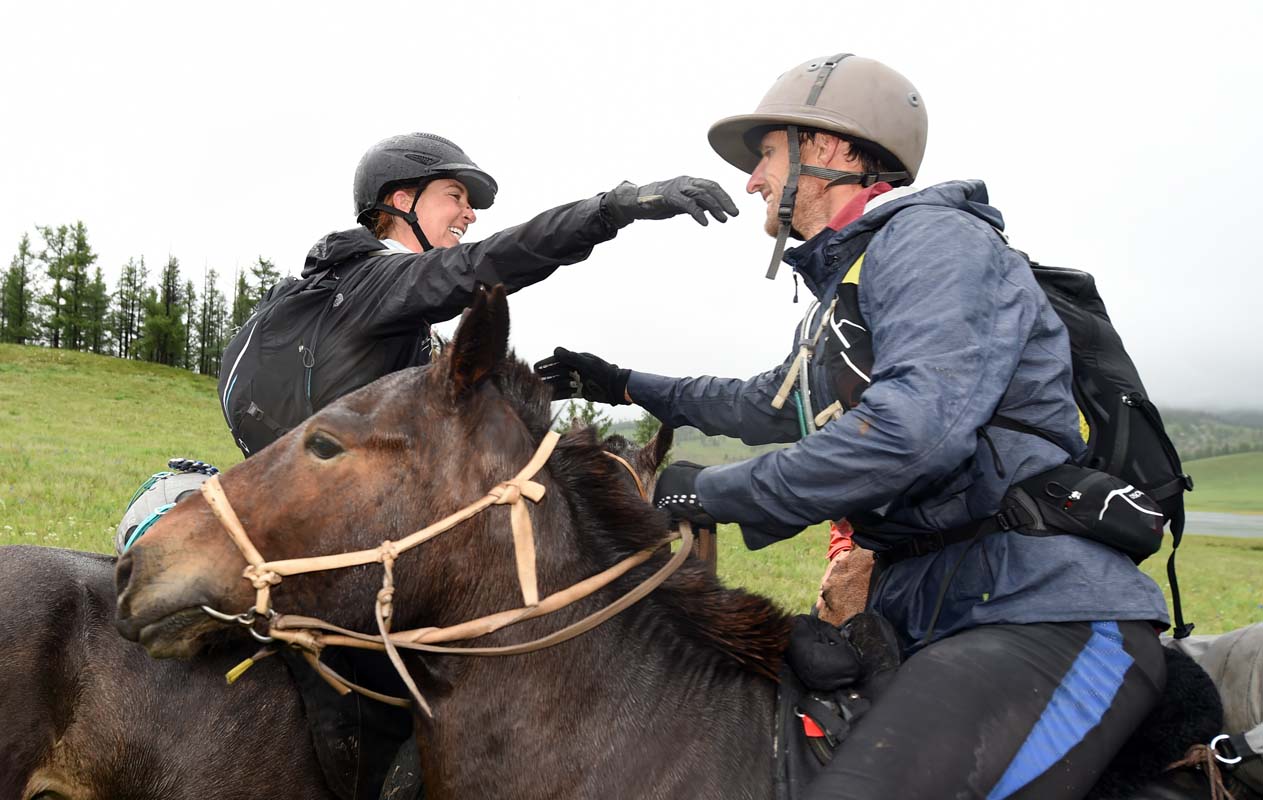
Tom Morgan, the man responsible for creating the Mongol Derby in 2009, told us during pre-race training that the derby was “an adventure first, competition second,” and he was right. It was a race with a lot of unknowns and what-ifs, and I couldn’t be happier with the way things turned out. I left Mongolia with the satisfaction of finishing the derby in the top 10 with no vet penalties, but more importantly, with five new friends, a greater understanding of Mongolian horse culture and nomadic life—and a lot of wild stories to share.
Friends, family and acquaintances have asked me if I would do it again. I’m not so sure about that, but there’s a rumor that a similar race in Patagonia is in the works, and I certainly have my eye on it.
A Logistical Nightmare
The Mongol Derby is a complicated event to organize and run, to say the least. Hats off to the brave crew members who deal with any number of problems and continue to make the competition a resounding success year after year. Led by Mongol Derby Chief Katy Willings and Head of Mongolian Operations Shatra Pgb, they select the 1,400 horses for the race, work alongside the 200 Mongolian herders and include essential personnel, such as drivers, translators, veterinarians and the four-member medical team. By the time the winner crosses the finish line, about half of the riders will have just reached the midway point. The pack is so spread out along the route that running the derby becomes a juggling act to make sure enough crew members are at each urtuu, ensuring a fair and similar experience for all riders.
The Physical Toll
Of the 44 riders who set out to conquer or at least survive the 2018 Mongol Derby, 33 completed the race with an official placing, including winners Adrian Corboy and Annabel Neasham, who completed the race together on Day 7. Retirees suffered from a wide variety of injuries from falls—broken ribs, broken collarbone, dislocated shoulder, torn ankle ligaments. (Riders have also been knocked out of races from dehydration, hypothermia, exhaustion, illness, chafing and a whole other slew of ailments.) At the end of Days 1 and 2, my whole body was so sore, I could hardly walk when I got off my horses. But by Day 3, the muscle soreness dissipated as joint pain (knees and ankles) and chafing set in. From the outset, I taped both my ankles, as they had been problematic during training. As the derby went on, I began changing my stirrup length about every other leg of the race to slightly change my knee and ankle angles, which helped. I spent a good portion of my morning routine on Day 3 taping chafed areas—the backs of my knees, backs and insides of my thighs, butt and tops of my shoulders, which were being ravaged by my water pack—to stop the open sores from getting worse. My biggest issue came on Day 5 when I wrenched my lower back after my horse tripped in a marmot hole and I overcompensated by pulling him up and sharply to the right. By the end of Day 6 it was incredibly painful, and the bouncing water pack didn’t help. When all else fails, a handful of ibuprofen, a tab of Imodium and some Mongolian vodka go a long way!
Thanks to Mane ‘N Tail and SmartPak, who sponsored the social-media coverage of Jocelyn’s Mongol Derby adventure.







